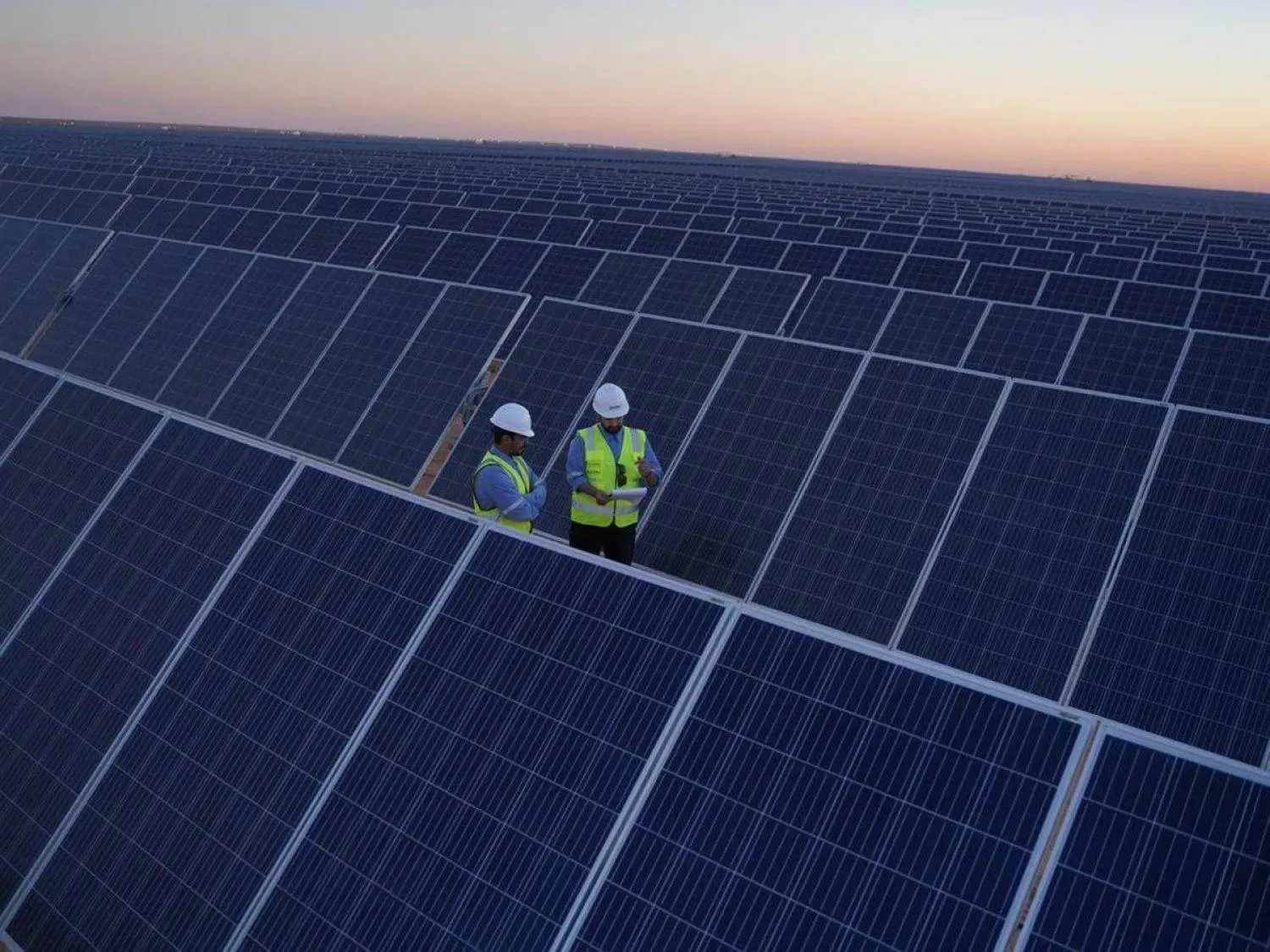Gold halted its record run on Friday but remained on track for its best quarter since 2016 after a rally catalysed by an outsized US Federal Reserve interest rate cut, while markets braced themselves for a crucial inflation report due later in the day.
Spot gold was down 0.1% at $2,666.50 per ounce as of 1115 GMT, below the all-time peak of $2,685.42 hit in the previous session. It is heading for its best quarter since the first three months of 2016.
US gold futures fell 0.2% to $2,688.90, Reuters reported.
"The market at this point in time has priced in all the good news and there's also some hesitancy from fresh buyers to get involved at these record high levels," said Ole Hansen, head of commodity strategy at Saxo Bank.
Bullion has risen 29% so far this year, hitting successive record peaks after last week's half-percentage-point cut by the Federal Reserve and the stimulus measures announced by China earlier this week.
Silver prices surged, tracking bullion's strong performance, though some analysts warn that the rally may fade.
"Overall, industrial demand is still supportive for silver. But we need to have a stronger economic performance in China as well as in other developed countries," said ANZ commodity strategist Soni Kumari.
The surge in silver prices is more a spillover impact from gold, Kumari said.
Spot silver eased 0.1% to $31.98 per ounce, after hitting its highest since December 2012 at $32.71 on Thursday. It is set for a third straight week of gains.
"I do believe silver will continue to outperform gold. But as we all know, wherever gold goes, silver tends to go, but faster," Hansen added.
Both gold and silver serve as safe-haven investments, but the latter has more industrial applications, so tends to underperform during recessions and outperform when economies expand.
Inflows into gold exchange-traded funds, particularly from Western investors, are set to rise in coming months, adding yet more positive stimulus for already record high bullion prices. Some banks expect gold to rise towards $3,000.
In other metals, platinum was up 0.5% at $1,012.40 but palladium fell nearly 1.5% to $1,031.75.









